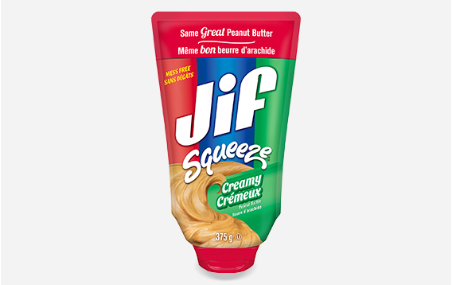By Jo-Ann McArthur
I'm honoured to be named SIAL Canada's Innovation President & Innovation Expert for the next edition of their seminal trade show, coming to Toronto from May 9 to 11. So I thought it would be timely to share some of my thoughts on innovation. It's a hot topic and a little harder to pull off these days, with supply chain shortages and manufacturers and retailers focusing on keeping core items in stock.
I'm a big fan of employing both design and systems thinking. Design thinking approaches a problem holistically and discovers innovative solutions by looking at what things do and, more importantly, how things get done. It incorporates emotion and how the senses impact the total brand experience, and it’s user-centric, looking at the ZMOT, FMOT, and SMOT to unlock insight. It acts as a catalyst and facilitator of innovation.
Systems thinking approaches a problem from the top down. It looks at the bigger picture and connects dots that others haven't yet joined, and allows for cross-pollination between categories. As the saying goes, you don't have to reinvent the wheel; just attach it to a new wagon. We employ systems thinking here when we develop our annual Nourish Trend Report.
By utilizing both approaches, you get better solutions and don't miss what, in hindsight, can be blindingly obvious. For example, in the late '90s, Gillette had a toothbrush division (Oral B), appliance division (Braun), and battery division (Duracell). Smash those together, and what do you get? The battery-powered toothbrush! Gillette didn't see it and ended up being third in, after Crest and Colgate. Third in! Of course, Crest parent company P&G would famously go on to purchase Gillette in its entirety in 2005. Could a little foresight have changed history — or at least driven up the sale price?
Not every innovation is a quantum leap
Innovation doesn't have to be lofty, but it does have to be insightful and add value for the consumer. For example, one of last year's most successful new products was Smuckers' Jif Squeeze Peanut Butter. It's not earth-shattering innovation, but it does solve a consumer problem. (Have you ever tried to get the last bits of peanut butter from the sides of the jar or just below the rim with a knife?) And while the squeezable bottle is nothing new, using it with a substance like peanut butter was a real packaging challenge involving finding a suitable nonstick inner substrate.

And finally, remember the role of research in the innovation process. It will rarely give you "the answer." Using it as a crutch will ensure you stay in the middle of the pack rather than achieve true innovation and differentiation. You will have to take an educated leap of faith. Remember that well-used Henry Ford quote, "If I had asked people what they wanted, they would have said faster horses."
To start building an innovation engine or a Trend Report for your company, give us a shout! It's often easier to have an outsider do this than to create an innovative culture internally, and having a partner who is immersed in the entire food ecosystem minimizes that "learn-to-burn ratio." Remember, the future isn't someplace we go; it's something we create. Let’s create yours together.
And if you already have an innovative product, consider entering it into the SIAL Innovation Competition!
